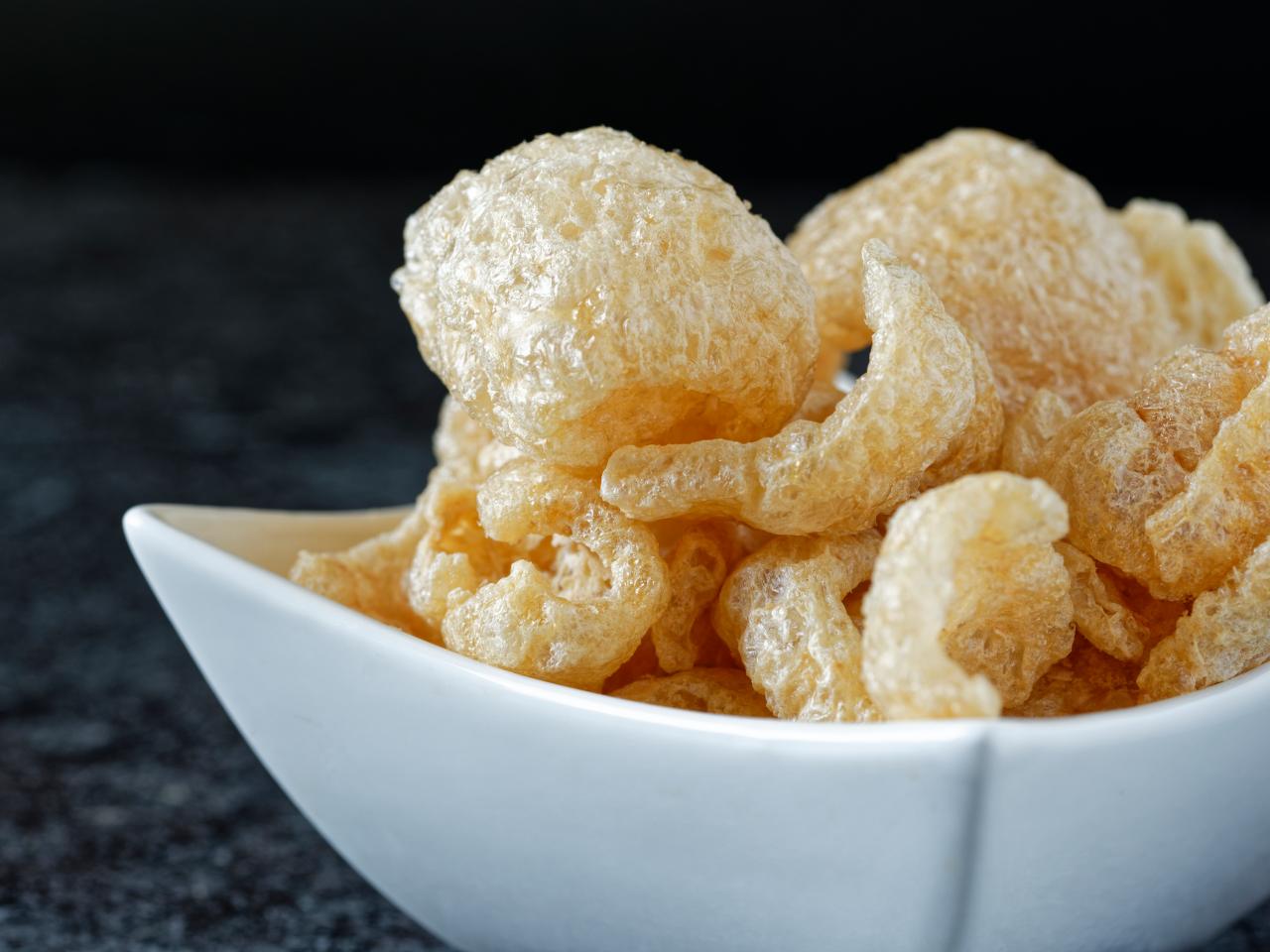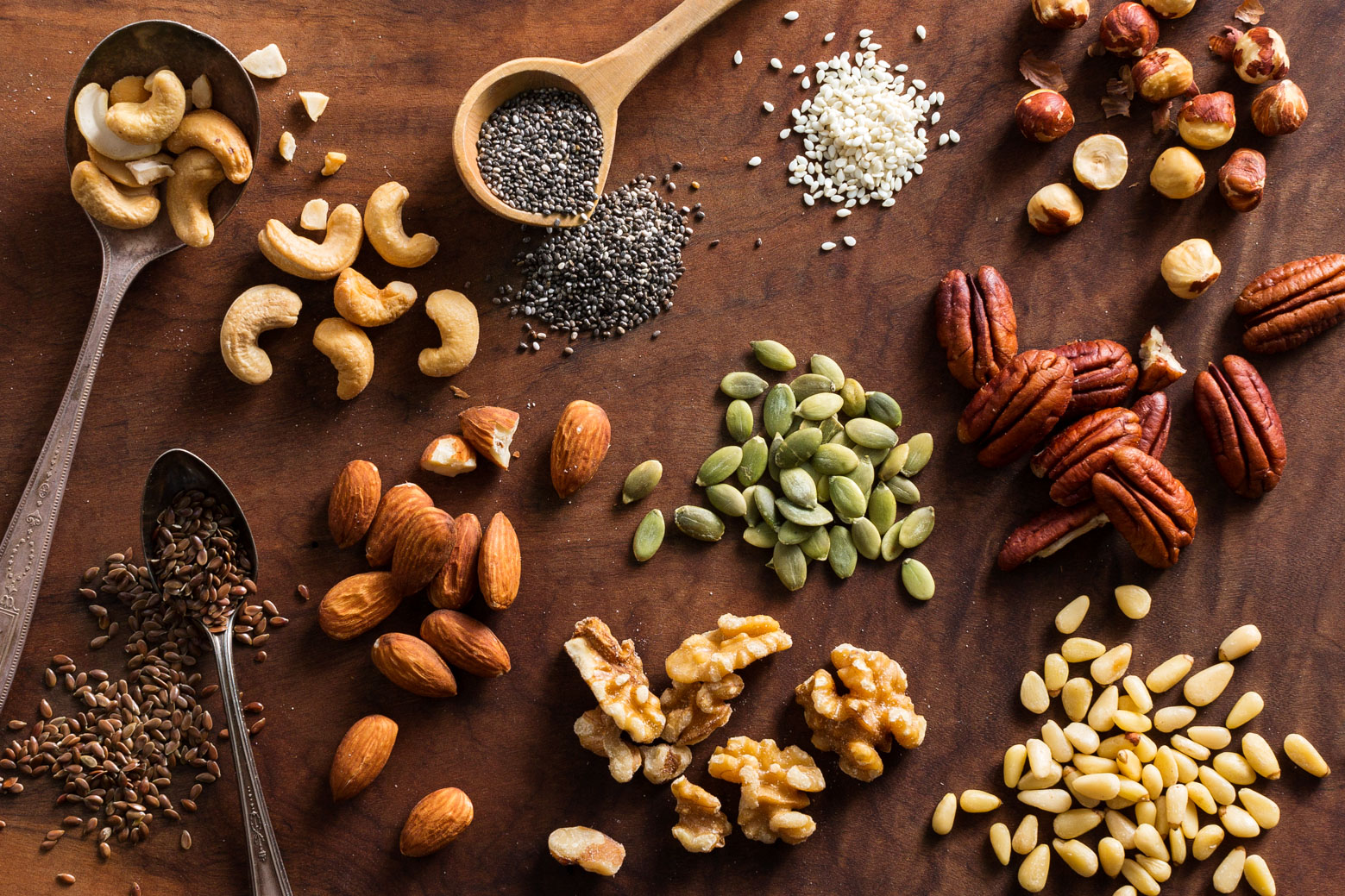Introduction
Are you constantly battling cravings between meals or struggling to maintain steady energy throughout the day? These could be signs of insulin resistance, a condition where your cells don’t respond effectively to insulin, leading to higher blood sugar levels. Left unchecked, insulin resistance can contribute to serious health issues like type 2 diabetes and metabolic syndrome.
Thankfully, there’s a simple and effective solution: high-protein snacks. Incorporating protein-rich foods into your diet not only helps reduce cravings but also plays a critical role in stabilizing blood sugar levels and improving insulin efficiency.
What is Insulin Resistance?
Insulin resistance occurs when the cells in your muscles, fat, and liver stop responding well to insulin, a hormone responsible for regulating blood sugar levels. This forces your pancreas to produce more insulin, creating a cycle of elevated blood sugar and insulin levels. Over time, this can lead to health complications like weight gain, fatigue, and chronic inflammation.
Why is High-Protein Intake Crucial for Managing It?
Protein is a powerful ally in managing insulin resistance because:
- It keeps you feeling full, reducing the likelihood of overeating or snacking on sugary foods.
- Unlike carbohydrates, protein has a minimal impact on blood sugar levels, preventing the spikes and crashes that lead to cravings.
- It helps the body use insulin more efficiently, making it easier to maintain steady blood sugar levels.
In this blog, we’ll dive into the 12 best high-protein snacks that can support blood sugar control, curb hunger, and help reverse insulin resistance.
Why Choose High-Protein Snacks?
Benefits of High-Protein Snacks
- Keeps you full and reduces cravings
High-protein snacks promote satiety, making it easier to resist cravings between meals. This is especially important for those managing insulin resistance, as overeating can exacerbate symptoms. - Minimal impact on blood sugar levels
Protein has a minimal effect on blood sugar, preventing the sharp spikes and crashes that lead to energy dips and further cravings. - Improves insulin efficiency
Regular protein intake supports the body in using insulin more effectively, a key factor in reversing insulin resistance and improving metabolic health.
How High-Protein Snacks Help Insulin Resistance
- Role of steady blood sugar in managing symptoms
Consistent blood sugar levels are crucial for managing insulin resistance. High-protein snacks help maintain this balance by preventing large fluctuations. - Protein’s effect on reducing sharp sugar spikes
Unlike high-carb foods, protein-rich snacks don’t trigger significant blood sugar spikes. This helps reduce cravings, stabilize energy, and support long-term health.
12 Best High-Protein Snacks for Insulin Resistance
Snack 1: Jerky or Biltong

Jerky and biltong are excellent high-protein snacks, offering over 30 grams of protein per 100 grams. These dried meats are perfect for on-the-go munching and are widely available, even at gas stations. However, it’s essential to check the sugar content. Look for options with minimal added sugar (ideally under 5 grams) to avoid blood sugar spikes while maintaining a healthy snack.
Snack 2: Greek Yogurt

Greek yogurt stands out for its twice-as-much protein content compared to regular yogurt, making it a perfect snack for stabilizing blood sugar. Optional for unsweetened versions to avoid added sugars. Enhance the taste by adding a handful of berries or a dollop of unsweetened nut butter, both of which complement its nutrient profile without compromising its health benefits.
Snack 3: Hard-Boiled Eggs

Hard-boiled eggs are a classic high-protein snack known for their ideal ratio of protein to fat. They are nutrient-dense and packed with essential vitamins and minerals, making them an easy-to-prepare option for curbing hunger. Boil a batch in advance for a quick grab-and-go snack that helps stabilize energy levels.
Snack 4: Cold Water Oily Fish

Cold water oily fish like salmon, mackerel, sardines, and anchovies are rich in both protein and bioavailable Omega-3 fatty acids. These healthy fats help reduce inflammation and improve insulin sensitivity. For a portable option, opt for canned or tinned varieties, and if you’re new to these fish, mackerel is a milder-tasting choice.
Snack 5: Cheese

Cheese offers a balanced combination of protein, healthy fats, and essential nutrients like Vitamin D3 and K2, which support calcium absorption and overall bone health. Despite its reputation, cheese is a nutrient powerhouse when enjoyed in moderation, helping with satiety and blood sugar control.
Snack 6: Cottage Cheese

If you’re looking for a protein-packed snack, cottage cheese is a star performer with nearly 30 grams of protein per cup. It’s incredibly versatile—enjoy it plain, mix it with fruit, or use it as a base for savory toppings. Cottage cheese is not only satisfying but also a great option for supporting stable blood sugar levels.
Snack 7: Protein Shakes

For those struggling to meet daily protein requirements, a high-quality protein shake is a convenient and effective solution. Look for options with minimal sugar and avoid those with artificial sweeteners or fillers. Whey protein powder is often the best choice due to its superior absorption and amino acid profile.
Snack 8: Full-Fat Milk

While plant-based milks have become popular, full-fat milk offers a better nutrient profile for managing insulin resistance. It provides high-quality protein along with Vitamin D3, Vitamin K2, and calcium, essential for bone health and metabolic balance. Always check for added sugars in plant-based alternatives, which can derail blood sugar control.
Snack 9: Pork Rinds

If you crave something crunchy, pork rinds are a high-protein, low-carb alternative to traditional chips. Just ensure they are not fried in vegetable oils, as these can negatively impact health. Pork rinds are an excellent snack for satisfying cravings without spiking blood sugar.
Snack 10: Bone Broth

Bone broth is a nutrient-dense, protein-rich snack packed with electrolytes and essential nutrients. A warm mug of bone broth can help curb cravings while replenishing the body with minerals that support metabolic health. It’s a light yet filling option, perfect for any time of day.
Snack 11: Nuts and Seeds (Optional)

While nuts and seeds are not primarily high-protein foods, they are a good source of healthy fats that aid in controlling blood sugar. However, be cautious with portion sizes, as these snacks are calorie-dense. A small handful is sufficient for reaping the benefits without overindulging.
Snack 12: Full Meals Over Snacks
:max_bytes(150000):strip_icc()/fwcooks-nacho-snack-dinner-with-sweet-potato-queso-recipe2019_109-1da64489e06f49ecbada050d84ea4ae4.jpg)
If you find yourself snacking frequently, consider replacing some snacks with larger, balanced meals. Eating meals rich in protein ensures longer periods between eating, allowing insulin levels to stabilize. This practice is vital for improving insulin sensitivity and supporting overall metabolic health.
Tips for Choosing High-Protein Snacks
Avoid Added Sugars
When selecting high-protein snacks, it’s essential to be mindful of added sugars, which can negate the benefits of your snack. Many packaged snacks, even those labeled as “high-protein,” may contain hidden sugars that can cause blood sugar spikes. Always check the ingredient list and nutritional labels for terms like “sucrose,” “glucose,” “corn syrup,” or any variations of sugar. Ideally, aim for snacks with less than 5 grams of sugar per serving, or choose those without any added sugars at all.
Stick to Whole and Minimal Ingredient Foods
The best high-protein snacks are those that come with minimal processing. Choose whole, unprocessed foods whenever possible. Snacks like hard-boiled eggs, Greek yogurt (unsweetened), jerky, and nuts with minimal seasoning are excellent examples. These options not only provide high-quality protein but also deliver essential vitamins and minerals without the addition of unnecessary additives or preservatives. Always opt for foods with a short, understandable ingredient list to ensure you are getting a nutrient-dense option.
Balanced Nutrition
A truly high-protein snack should be well-rounded. In addition to protein, make sure your snack includes healthy fats and low carbohydrates to maintain steady energy and control hunger. Protein alone is essential, but when paired with healthy fats (like those found in cheese or nuts), it becomes even more effective at stabilizing blood sugar and providing long-lasting satiety. Avoid snacks that are overly carbohydrate-heavy, as these can cause insulin spikes and undermine your efforts to manage insulin resistance.
Additional Insights for Managing Insulin Resistance

Role of Omega-3 in Blood Sugar Management
Omega-3 fatty acids, particularly those found in cold-water oily fish like salmon, mackerel, and sardines, are powerful nutrients for managing insulin resistance. These healthy fats play a crucial role in reducing inflammation throughout the body, which can contribute to insulin resistance. By improving the body’s ability to process insulin, omega-3s help regulate blood sugar levels and enhance insulin sensitivity. Regularly including omega-3-rich foods in your diet can support the overall goal of reversing insulin resistance, alongside high-protein snacks.
Impact of Balanced Meals on Insulin Levels
While snacks are important, balanced meals are equally essential in maintaining stable insulin levels. Eating larger meals with a mix of protein, healthy fats, and fiber allows your insulin levels to stabilize between meals. This approach gives your body time to lower insulin levels and improve insulin sensitivity. Constant snacking, even on healthy foods, may keep insulin levels elevated and prevent your body from reaching its optimal insulin balance. Therefore, focusing on well-rounded meals and giving yourself time between meals can significantly help in the management and reversal of insulin resistance.
Conclusion
In summary, incorporating high-protein snacks into your daily routine can be an effective strategy for managing insulin resistance. We’ve covered the 12 best high-protein snacks, from jerky and Greek yogurt to protein shakes and bone broth. Each of these options offers a variety of benefits, including curbing hunger, stabilizing blood sugar levels, and enhancing insulin sensitivity.
When choosing your snacks, remember to focus on whole foods with minimal sugar and a balance of healthy fats, protein, and low carbs. By sticking to these principles, you can make significant strides in managing insulin resistance and promoting overall health.
Final Tips: To maximize the benefits of your high-protein snacks, be consistent with your choices, prioritize nutrient-dense foods, and pay attention to your body’s responses. Balance your snacks with nutrient-packed meals for the best results in stabilizing insulin levels and improving metabolic function.
Give these high-protein snacks a try and notice the difference they can make in managing your insulin resistance. Have any favorites or new snack ideas to share? Drop your comments below — I’d love to hear from you!




Pingback: Corey Lewis Shared Naked Whey Nutrition Reviews 2025
Pingback: I Eat In A Calorie Deficit But Still Gaining Weight – Is It In My Head? | ProInspecto
Pingback: I Lost 87 Pounds In 11 Months — Here's The Raw, Real, And Emotional Truth Of How It Changed Everything | ProInspecto